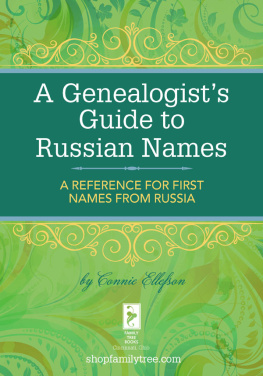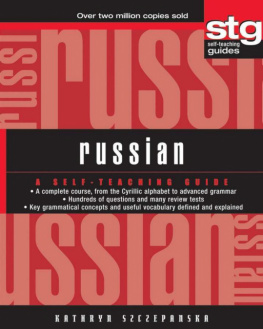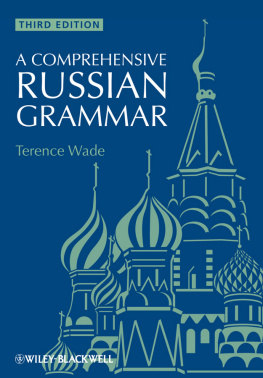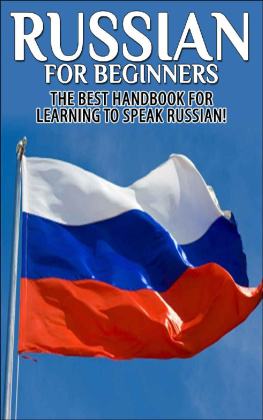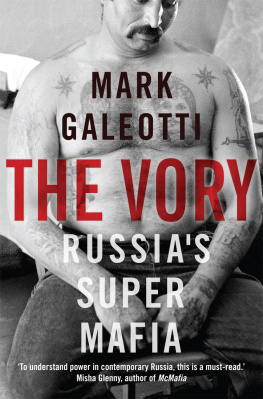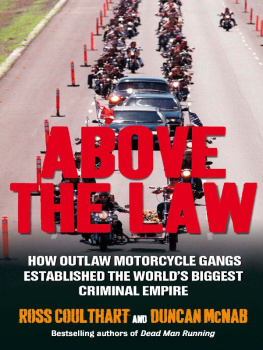THIEF IN LAW
A guide to Russian prison tattoos and Russian - speaking organised crime gangs.
By
M.G. Bullen
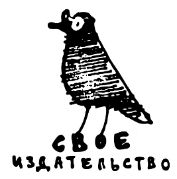
www.thiefinlaw.com
ISBN - 978-5-4386-1041-0
Copyright M.G. Bullen 2016
Edited by Brendan Clifford
Cover design by SvetlanaKuznetsova
Illustrations by AlinaMalkovskaya
All rights reserved. This book or any portion thereof may not be reproduced or used in any manner whatsoever without the express written permission of the copyright holder except for the use of brief quotations in a book review. All photographs copyright of the author unless otherwise stated.
Printed in Russia.
First Printing 2016.
Published by:
One's Own Publishing House Ltd.
Repina St., 41
Saint-Petersburg, Russia, 199004
isvoe.ru
editor@isvoe.ru
+7 (812) 900-21-45
www.thiefinlaw.com
With thanks to
Brendan Clifford, Gennady Ermolovich, Alexi Zaharov, Maria Simonyan, Tim Wade, Nina Villa, Diane Watson, Tracy Wise, Andreas Piastowski , Olga Birkina, Garry Nicholson and Alexey Frolov.
T ABLE OF CONTENTS
INTRODUCTION
In the last twenty years the western world has become the target of a new phenomenon in organised crime. A group more vicious than any experienced before, more professional, more intelligent, more fearless and far more successful have taken criminal accomplishments to a new standard. The Russian mafia, the Thieves in Law, or to use the official law enforcement term, Russian Speaking Organised Crime Groups (RSOCGs), have run rough shot over the old order of criminal gangs and have taken organised crime to a new level. These Russian-speaking groups now dominate the underworld of not just their own country but of Europe and the rest of the world. Money laundering, multi-million dollar frauds, mass-car theft, extortion on a grand scale, political corruption, prostitution, people trafficking, arms dealing and murder are all part of the criminal world where the Thieves in Law, or the Vory-v-Zakone to use the real Russian term, are the undisputed rulers.
Almost unknown to the average man in the street, this silent, ultra-efficient group emerged from the ruins of the Soviet Union. They immediately began to dominate the economy and everyday life in the new Russian Federation and soon spread west, sweeping across the continent and taking over the traditional crime gangs of Central and Western Europe.
The Russian mafia have become an untold success story and a multi-billion dollar industry. Its members include PhDs, former police and special forces officers, senior military men, politicians and even members of the Russian academy of science. But the majority of its ranks are made up of tough, tattooed men recruited from the vast prison network of the former USSR. It is so well organised that members across the world pay into a central fund, the obshak , an insurance pot the Thieves can fall back on when in times of trouble or imprisonment. It has no ethnic divides which gives it an unlimited pool of men it can draw upon. It uses a coded language of tattoos to keep out infiltration from law enforcement, has a strict code of ethics that ensures loyalty and obedience are adhered to and punishes harshly any deviation from that code.
The civilised world is under siege from this red terror but due to the organisations extremely skilled use of political corruption and the influence that affords them, the western media and political classes either have no idea that is actually exists in London, New York and Berlin, or have more than likely chosen to keep silent in order not to disturb their political narrative and to line their own pockets.
The book you are about to read is an extended version of Vor-v-Zakone , a guide to Russian prison tattoos and Russian speaking organised crime groups, a training package given to the British police and to law enforcement agencies worldwide between 2011 and 2014. This presentation formed part of the Metropolitan Police's behaviour detection officer (BDO) training programme and was part of the study course for all new Detective Sergeants in five police forces across the South East of England. It has been presented at New Scotland Yard on numerous occasions to hundreds of British police officers and has formed part of specialised training given to the UKs Special Branch and immigration officers at ports and airports throughout England. It has been presented at the Czech Republic's main police training centre in Prague, to intelligence officers of the United States Air Force, to officers from across Europe at the International Police Association (IPA) training centre near Cologne, Germany, to officers from the FBI, DEA and regular State and City Police during training provided by Gang Prevention Services in the United States of America, to criminology students at Cambridge University and at dozens of other police, educational and social establishments across the United Kingdom.
The National Police Improvement Agency (now the College of Policing) approved the project for sanctioned use in British police training in 2011 and this allowed the author access to materials not available to civilian writers and educators. The initial purpose of the work was to teach police officers how to recognise the prison tattoos worn by offenders from Russia and Eastern Europe, who now make up a significant proportion of the individuals British police deal with on a daily basis. However, the training grew to show the origins, activities and story behind Russian speaking organised crime groups and the people who make up this sinister underworld. This book is aimed not only at law enforcement officers but it is also ideal for people with a curiosity in Russia and its sub-cultures, or for anyone who has a passing interest in crime and the conduct of the illegal underworld that lurks in the shadows of our daily lives.
Prior to the training package this book was based upon, there was absolutely no sanctioned police training in the United Kingdom on this subject. The author was one of the only fluent Russian speaking police officers in the UK and one of only a handful of officers with any practical knowledge and experience on the subject of Russian organised crime. When the original programme was being written the UK Interpol office based in the north of England were contacted and a formal request for information was made. The response was that since the Litvinenko affair there was no longer any co-operation between the UK and Russian police forces and that the Russian bureau was now being covered by the Portuguese section. The officer in charge of Interpols Russian issues said, I dont really know anything about this. Have you tried contacting the Americans? As a result, the information in this book became a valuable resource for police forces across the English speaking world. In 2015 the author resigned from the British police and emigrated to North America where he now works as a full-time writer and translator for one of the world s most successful sports teams. This means for the first time information that was previously only available in the Russian language, or to law enforcement personnel can now be brought to the publics attention. This book fully exposes the prison tattoos of the Thieves in Law and the role of the Russian mafia in the modern day European crime story.
Parts one to three contain information on the history, structure and activities of Russian organised crime gangs up to the present day. In the fourth, you will be able to view the artist, Alina Malkovskayas impressions of the most commonly worn Russian criminal tattoos, accompanied with their deciphered meanings. In part five you will see more than one hundred original photographs of members of organised crime gangs and their tattoos. These photos were taken by police officers, either at the moment of arrest or when the suspect was in custody and were photographed in many different cities and countries across Russia and Europe. All of these photographs are being published here for the very first time.
Next page


